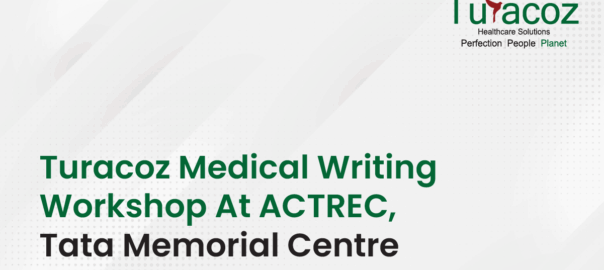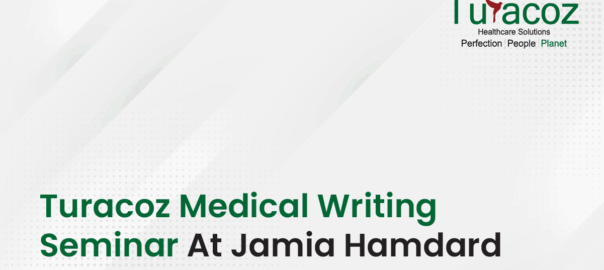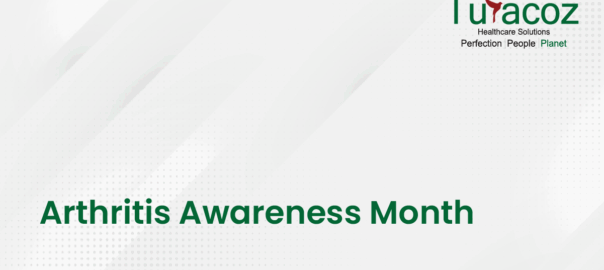The month of May is declared as “National Asthma and Allergy Awareness Month” by Asthma and Allergy Foundation of America. It is the perfect time to educate people about asthma, its causes, and the ways to lead a normal life with asthma.
Asthma is an episodic yetchronic respiratory disease characterized by recurrent attacks of breathlessness and wheezing due to bronchospasm and inflammation of the airways. It is the most common chronic disease among children. More than 100 million people worldwide are believed to from asthma, of which 15 to 20 millions are Indians. Asthma can influence the quality of life by causing missed school or working days, increased medical expenses, and poor work performance.
Asthma attacks can be mild, moderate, severe, or sometimes life threatening!!!!Shortness of breath, cough, wheezing, chest tightness, andpus-like sputum (in the recovery phase) are some of the symptoms of mild to moderate asthma. Labored and shallow breathing, bluish discoloration of the skin, and loss of consciousness may indicate life-threatening condition.
Allergy and asthma often occur together. Asthma occurring due to allergens is referred to as “allergic asthma”.
How Does Allergy Cause Asthma?
Exposure to allergens causes release of inflammatory cells such as mast cells, eosinophils, and neutrophils in the bronchi and bronchioles leading to inflammation and obstruction of the airways. This leads to increased contractibility of smooth muscles, that further results in narrowing of the airways.
Allergens Causing Asthma:
- Pollens
- Dust mites
- Cockroaches
- Animal dander
- Mold
- Exposure to indoor volatile organic compounds
- Air pollution
How is Allergic Asthma Managed??
“Prevention is better than cure”, an age old saying holds good for asthma too. Asthma patients are advised to avoid exposure to known allergens and triggering factors. Though there is no cure for asthma till date, the symptoms can be improved by prompt medications. Bronchodilators are recommended for short-term relief, while low-dose inhalational corticosteroids or mast cell stabilizing drugs are recommended for long-term therapy.
Recent studies have revealed that oligonucleotide agents are found to decrease allergen-induced early and late asthmatic response. Infliximab, etanercept and golimumab are found to provide a short-term efficacy in patients with the severe disease.
Can an Asthmatic Patient Lead a Normal Life??
Asthmatic attacks may occur periodically, based on the exposure to triggering factors. However, a few changes in lifestyle can help an asthmatic lead a normal life. Here are a few:
- Maintaining good physical and mental health
- Regular intake of medications
- Regular physician check-ups
- Keeping distance from the known allergens
- Avoiding the use of tobacco
Why is it Important to Raise Awareness About Allergy and Asthma?
According to a survey, 51-68% of the patients experiencing severe asthma and 30-61% of patients with moderate symptoms said that they suffer uncontrolled asthma. As most people may be unaware of the causes and triggering factors of asthma, educating people about allergy and asthma may yield a better treatment outcome.
What are the Various Methods to Spread Awareness About Allergy and Asthma in Public?
- Conducting a questionnaire study about allergic asthma
- Publishing the articles on allergy and asthma in social media
- Organizing medical camps to reach rural population
- Organizing awareness programs in educational institutes
- Publishing articles in newspapers and arranging for correspondence
- Organizing lectures about the disease
- Organizing for a marathon, to create awareness, will help gain enormous public attention
Some Facts About Allergic Asthma
- People with food allergy, allergic rhinitis, hypersensitivity, familial history of asthma are at higher risk of developing asthma
- Once an individual is sensitized to an allergen, a very minor exposure to the allergen may also precipitate the asthmatic attack
- 50% of people with allergic rhinitis have asthma
- Actopic eczema is probably the first sign that a future asthmatic patient develops as a child
- Treating rhinitis may improve the symptoms of asthma, especially cough
- In children, males are twice as susceptible to asthma than girls, while, after puberty, it is more common in females
Turacoz Healthcare Solutions is passionate to spread the awareness on such social or healthcare related issues as a part of their Corporate Social Responsibility (CSR) activity. CSR is at the very heart of everything we do at Turacoz. Our medical writing team is well-versed with recent advances in various therapeutic areas which give them a head start in various publication, clinical research and regulatory writing projects.










